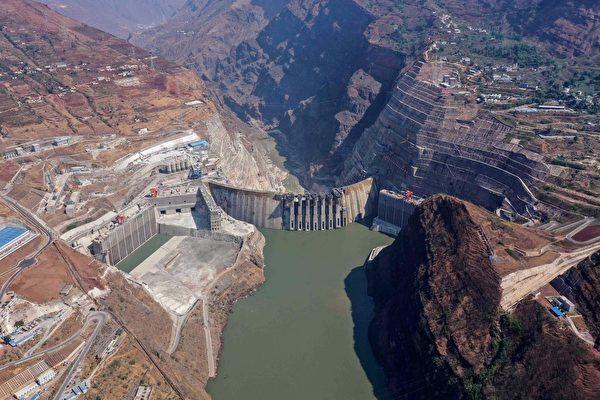The Chinese Communist Party (CCP) recently began the construction of a large hydroelectric power station on the Jinsha River, located within the borders of Dege County in Tibet. The project will destroy six local temples and displace two villages, compelling thousands of Tibetan locals to relocate against their will. In response, hundreds of Tibetans converged in front of the Dege County government offices to voice their opposition, only to be forcefully dispersed by law enforcement.
According to a report from the India-based Tibetan-language radio station Voice of Tibet, several videos circulating online show hundreds of Tibetans protesting in front of the Dege County government office. and police violently dispersing them. They demanded authorities cease constructing the Gangtuo Hydropower Station project in Wangbuding Township.






